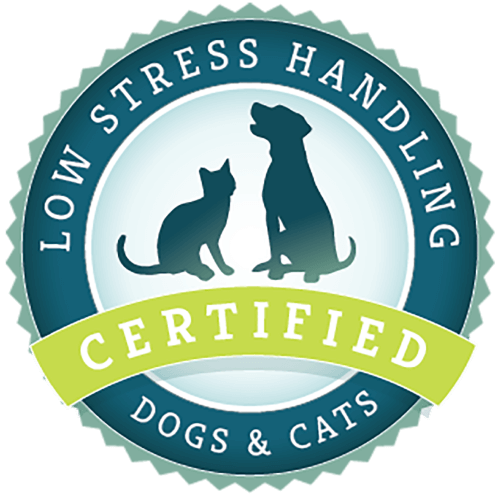What article are you looking for?
Category: Dogs
My Dog is Fearful of Strangers: Tethering Dogs in Front of Stores
Question: Our 5-year-old Soft-Coated Wheaten Terrier presents as a furry, lovable and inviting dog while he sits waiting outside the cafe for me to finish my morning latte. Trouble is, he’s taken to growling and barking at some well-meaning types, especially those who come on too enthusiastically. It’s like they invade his space. This behavior is slowly starting to accelerate. What would be the best approach short of hanging a sign on him saying “Beware, looks can be deceiving”? — San Francisco Answer: You nailed the problem on the head. While Fido might be carefree and confident with you alongside,
Medical Issues in Pets May Cause Behavior Problems
Being a pet columnist or a blogger is sort of like teaching 5th grade. Just when you think you’ve seen and heard it all, someone asks a question like this: “Dear Dr. Yin: Do you think it is possible that a great deal of behavioral problems in dogs may be due to constipation?” My academically honed intuition—as well as the fact that a friend had suggested I check my e-mail—told me to examine the sender’s name carefully. Just as I suspected. It was a message from my running-club friend thinly disguised under his dog’s name. Knowing that this friend was
Dog Training Classes Can and Should Be More than Sit, Stay, Stand
Traditionally, dog classes focus on basic exercises like training dogs to sit, lie down, stand, come, and heel on command. While these may be important tasks for dogs to learn, dog training can and should include a more global approach. For instance, the dog may know how to sit or to walk next to their owner in class, but if they haven’t learned to actually focus on their owner, they won’t be able to perform these behaviors in the presence of every-day distractions. Furthermore, positive reinforcement classes often give adequate rewards for desired behavior, but without also training the dog
How Do I Train My Dog to Stop Chasing the Chickens, Cat, Rat…And Our Other Pets?
Readers will frequently ask me questions like, “My dog chases my cat, what do I do?” or, “My dog goes after my chickens so he can’t be outside. How do I stop it?” I’m always surprised at the timing of these questions because they tend to occur right after I’ve explained in detail how to train your dog to be calm and relaxed around other dogs instead of barking, lunging at, or attacking them. Why am I so surprised? Although the problems and their answers may seem unique, they are actually just the same problem in disguise. If your dog
Become More Exciting Than a Squirrel: Teaching a Reliable Come When Called
If you’re like the general population, your dog has a decent or so-so come when called in the house, but outside in the yard or at the park, you might experiences something like this: “My dog doesn’t really like to run to me when I call her,” says one reader of this blog. “She prefers to search for food and find things than run around at the park. I’m too nervous to let her off leash because her recall is not good yet.” This reader has the right idea. She’s keeping her dog on a long leash at the park
Regular Leash vs. Hands-free Waist Leash: Which is Safer When Your Dog Pulls?
If however, the leash is around your waist and the dog pulls, because your waist is close to your center of gravity, you’re more likely to stay on your feet, especially if you bend your legs and lower your body a little (not shown here). Real Leash vs Hands Free In addition, with this particular Buddy System leash (http://www.buddysys.com), you can detach the leash if you want so that the dog is released. Real Leash vs Hands Free

Low Stress Handling® Silver-Level Certification
Individual Certification at this level demonstrates to clients and employers the individual’s dedicated interest in Low Stress Handling®. Hospital Certification at this level demonstrates to clients and staff the hospital’s commitment to appropriately training staff in Low Stress Handling® methods.
Learn More
